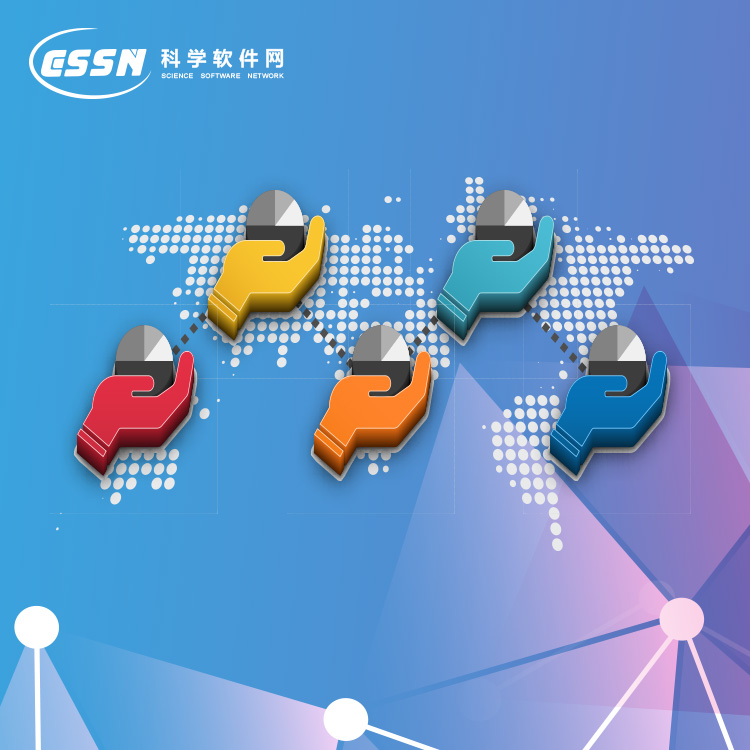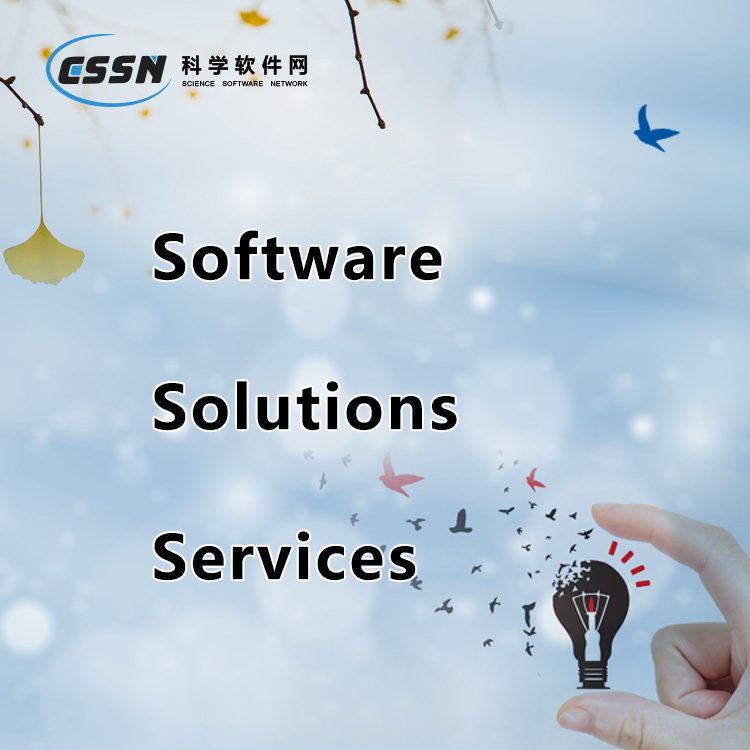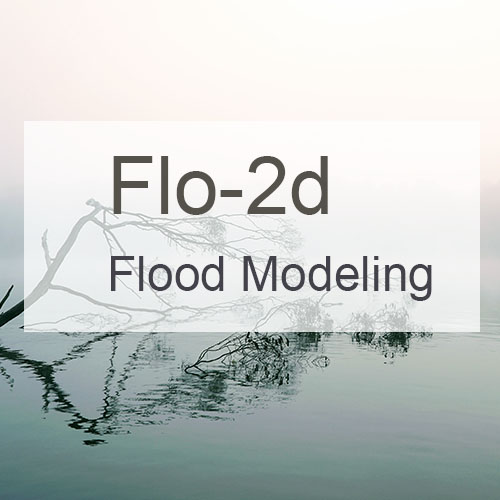- 2025-04-06 15:26 5794
- 产品价格:面议
- 发货地址:北京海淀 包装说明:不限
- 产品数量:9999.00 套产品规格:不限
- 信息编号:259359376公司编号:14832749
- 王经理 微信 18510103847
- 进入店铺 在线留言 QQ咨询 在线询价
提供Chemcraft解决方案 保证正版
- 相关产品:
科学软件网销售软件达19年,有丰富的销售经验以及客户资源,提供的产品涵盖各个学科,包括经管,仿真,地球地理,生物化学,工程科学,排版及网络管理等。此外,我们还提供很多附加服务,如:现场培训、课程、解决方案、咨询服务等。
Chemcraft can convert fractional coordinates, used in crystallographic measurements, into Cartesian ones. For details see here.
构建分子
Chencraft支持一组用于构造分子结构的工具,这些工具可用于准备计算或其他目的的初始猜测:
从标准分子片段(自由基等)中构建分子,提供了通过自定义剪贴板来补充该片段集并通过剪贴板复制/粘贴单个片段的可能性;
修改分子中的任何几何参数(距离、角度、二面角)。该修饰可以伴随着一个原子、两个原子或选定的原子群的位移;
用鼠标在分子图像上拖曳原子或碎片或旋转碎片的可能性(图5);
应用任意几何参数的迭代算法(图6);
一种易于使用的实用程序,用于将点群应用于分子(图8)。
Chemcraft extracts molecular orbital coefficients together with basis set information from GAMESS-US output files and renders molecular orbitals in the form of isodensity surfaces or surfaces (planes, spheres) colored by density value (see fig. 3). Chemcraft provides some possibilities to perform operations with orbitals (e.g. to multiply one orbital by another). The formulas for building the orbitals are taken from the source code of PLTORB program distributed with GAMESS-US. The computation of cubes with density values is well-optimized. Note that if there are several tables of molecular orbital coefficients in the file, Chemcraft extracts each of them and allows them to be rendered (for instance, in MCSCF calculations either canonical or natural orbitals can be shown). Besides visualization of orbitals, Chemcraft provides a simple utility for automatic determination of atomic orbitals forming each molecular orbitals, which can be useful for analysis of the orbitals.
The "Edit/Drag atoms" menu item or button allows the atoms in the molecule's image to be moved using the mouse. When dragging an atom one can move it in the Z direction (in parallel with the view) using the keys Num2/Num8 (while the left mouse button is pressed). The buttons , , switch between "drag atoms", "drag fragments" and "drag molecules" modes, the latter two modes allow one to drag and rotate groups of several atoms (for details, see Constructing molecules). When a group of atoms is dragged, the buttons Num1-Num9 rotate it or move it in the Z direction.
- Different tools for constructing molecules and modifying molecular geometry: using standard molecular fragments, "dragging" atoms or fragments in the molecule's image, utility for setting a symmetry point group, and other possibilities;
- Producing publication-ready images of molecules in customizable display modes, containing required designations (labels, lines, etc.);
- Some additional utilities for preparing input files: construction of Z-matrices, automatic generation of input files with non-standard basis sets, converting MOs read from an output file into the format of input file.
19年来,公司始终秉承、专注、专心的发展理念,厚积薄发,积累了大量的人才、技术以及行业经验,在行业内得到了大量用户的认可和高度价。












